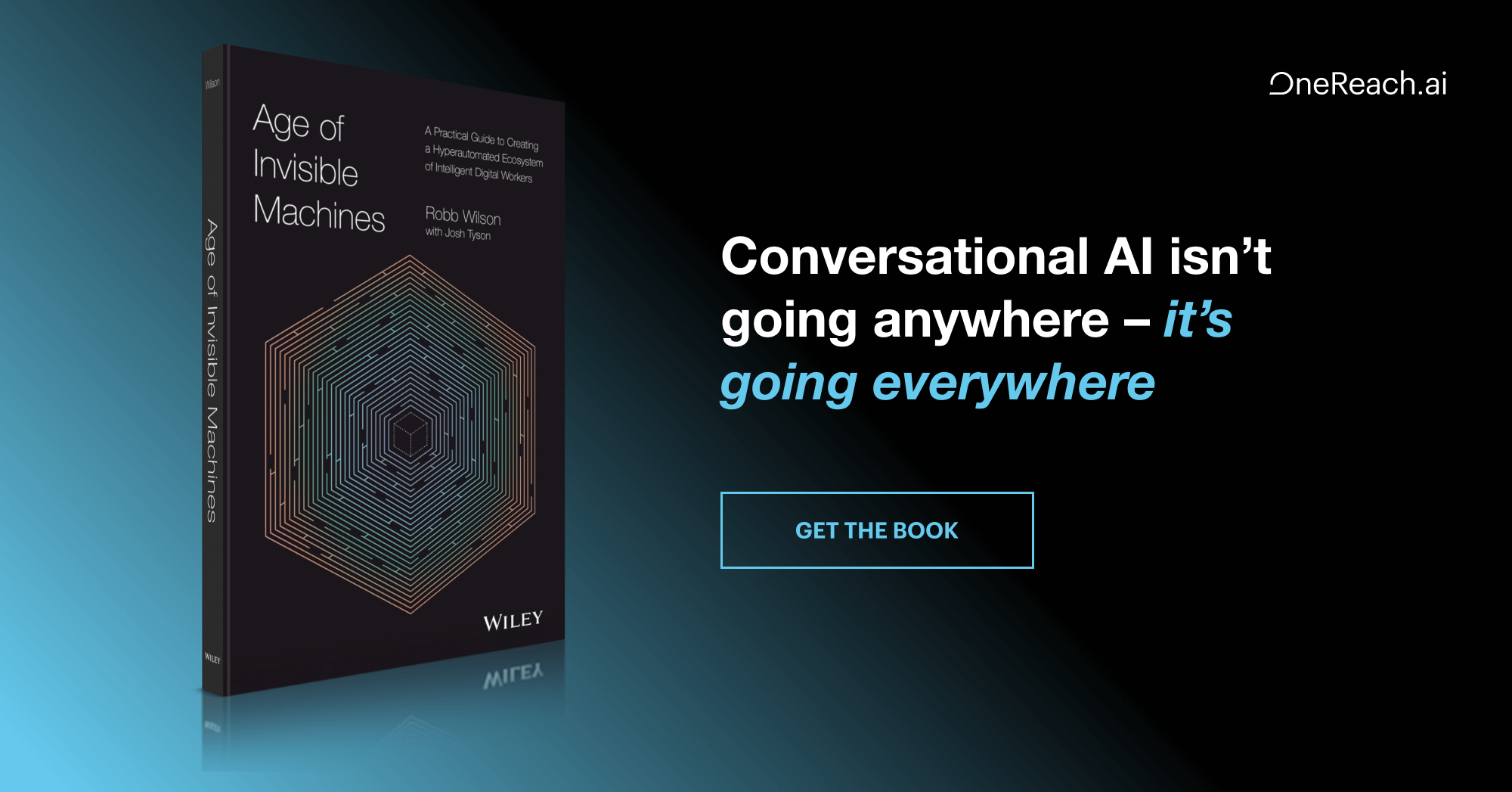I’m feeling old. I’ve been in this business long enough that I remember thinking how cool I was for working on a website. That Internet thing was just taking off. Ask Jeeves was the edgy new way to search and Google was a little known website, not a verb. I worked Amazon.com, which was still positioning itself as “Earth’s Biggest Bookstore.” It was all Web all the time, and improving the experience on websites was all I thought about.
Then two things happened to broaden my perspective. First, I got a smartphone. Now I could check the traffic before choosing the bridge route, or walk down the street while browsing for a Cuban-Asian restaurant with outdoor seating. And then I started working for REI, a company that had been around over 50 years, whose website was just the youngest sibling in a successful brick-and-mortar, catalog, and call-center business. Using the REI website was just one way people interacted with us, and their perception of their experience with our company was influenced by any other interaction they had with us, whether digital or physical. Suddenly my website only focus seemed limited when I considered all of the other touchpoints my new company had with its customers.
My team could optimize the user experience on the website, email, or mobile, but what about when a customer researched a product online and bought it in one of our 100+ stores? This is not an uncommon practice. According to Forrester, 53% of U.S. online consumers say they research products online that they subsequently buy offline. Other studies have placed that percentage even higher. The experience a customer has in a store or via a call center (terrible IVRs, anyone?) can be just as critical as the website to their overall experience and satisfaction.
With the potential for mobile phones replacing credit cards just around the corner in the U.S. and already prevalent in Asia, we may no longer need our wallet to make a brick-and-mortar purchase. Capabilities like mobile payments are driving personal technology to merge more and more with our physical environment and experiences. The Internet is no longer a separate experience where we have to sit down in front of a computer.
We Need to Think About Integrated Experiences
New technologies and capabilities have caused consumers to be even more demanding. We expect to choose when and how we interact with products and services. We often interact with a brand/company over time via multiple sites, apps, and services instead of through just a single event. I recently went on a cross-country trip and, as usual, I bought my plane tickets via the airline’s website. The 24-hour flight check-in came along and I wanted to change my seat. But I was enjoying time by the pool and didn’t want to leave to find a computer. Isn’t that what my iPad or iPhone are for? But the airline hadn’t done the work to provide me ability to change my seat with either of these devices. I wanted to interact with the airline’s services via a different touchpoint at a different point in time, and I wasn’t allowed to do so.
UX professionals can’t constrict a user’s experience to specified devices, touchpoints, or time periods. As devices integrate with each other and with the real world, we have to design for this integration and blurring. This new world requires a different way of thinking about UX and design.
The UX community spends a lot of time talking about how much technology is advancing and how to respond to the rise of touch and gestural interfaces. These subjects are important, but I think it is even more critical to work on the holistic customer experience—across channels, across devices, and across time and space. I can do yoga with my Wii, order delivery of artisan pizza via an iPad, or use Skout on my iPhone to virtually flirt with people within a walkable distance and then meet them in person at the local bar.
UX Professionals Need to Design for the ‘Space Between’
The true impact of new technological capabilities that integrate with our lives is a blurring of the line between physical and digital experiences. We need to design for the space between—the space between touchpoints, interfaces, and channels. The space between making a flight reservation online, changing my seat via an app and then getting to the airport and only then discovering that my “approved” carry-on luggage actually doesn’t fit that style of 737. We can’t just think about optimizing a retail website experience when the physical store experience doesn’t connect. Often the signage, prices, and even the products themselves are different.
Even companies without physical presences should think about the on- and off-ramps to their websites. As customers rely on Google and social media to direct them to pages deep within relevant websites, we can no longer just design for people landing on our home page. For many companies’ websites, traffic from those sources is greater than from direct load via a URL. Word-of-mouth references are exploding via Twitter and Facebook, and QR codes can take us from Times Square to a mobile site. Our users are coming from everywhere!
The Rise of Customer Experience
We should be thinking about all of the interfaces with users. This broader perspective is often called customer experience, and it’s gaining tremendous traction with our marketing peers and in business strategy for corporations and non-profits alike. I’ve been to many marketing conferences, and every session in the last couple of years has seemed to focus on improving the customer experience. Of all of these marketing seminars, I can only remember one that was presented by someone with a UX-related background. And yet, who are the best people to be planning, prioritizing, and strategizing for improved customer experiences? As practitioners and thinkers in a discipline that has always been all about the customer, aren’t UX professionals the best people to lead this effort?
As UX professionals, we need to extend our reach beyond just experiences for the Web and mobile applications. A website or mobile app might comprise just one interaction—one touchpoint—in the end-to-end experience that users have during their journey to complete their goals. For users, these interactions are usually a means to an end, a path to a desired goal rather than the goal itself. I don’t want to buy a tent; I want to have a warm and dry shelter so that I can enjoy an overnight experience in the outdoors. I don’t want to read a new article railing against BP for the oil spill disaster; I want to feel as though I’m part of a tribe of like-minded individuals. UX professionals can participate in delivering that desired goal by designing for the whole experience across touchpoints and channels.
Information Scent Across Touchpoints
Creating the design and interactions of an engaging experience is only one piece of the customer experience puzzle. We also have to think about providing information scent across experiences and touchpoints. There need to be clues and cues for our customers that are clear and consistent, and that entice them toward their desired outcome. A consistent and integrated customer experience requires consistent information architecture and design principles that can be leveraged across all interactions with a company.
Andrea Resmini and Luca Rosati discuss the need for “a holistic approach to information architecture and user experience,” stressing that information has become pervasive across channels and touchpoints. Peter Morville feels that this is an “era in which information blurs the boundaries” across experiences and that we need to consider better ways to design our information to support the variety of digital and physical interactions that make up our current experiences.
Next Steps
There is a wealth of rich, new challenges for available for us in designing, architecting, and building these holistic customer experiences that engage, satisfy, and inspire across channels and mediums. UX professionals should be excited, not stressed, about all of these new concepts that will help us stay relevant and provide the best possible experiences. We can continue to do what good UX designers have always done: borrow from other professions. Wayfinding, service design, and customer experience management are just a few disciplines that offer helpful tools and methods. In my next article, I’ll review some specific tools and ways of thinking that can help us design for the space between and the full customer experience.
The concept of the “digital dinosaur” used in this article’s title was from a session proposal for SXSW 2011 that I submitted jointly with Jess McMullin, who came up with the session title.




